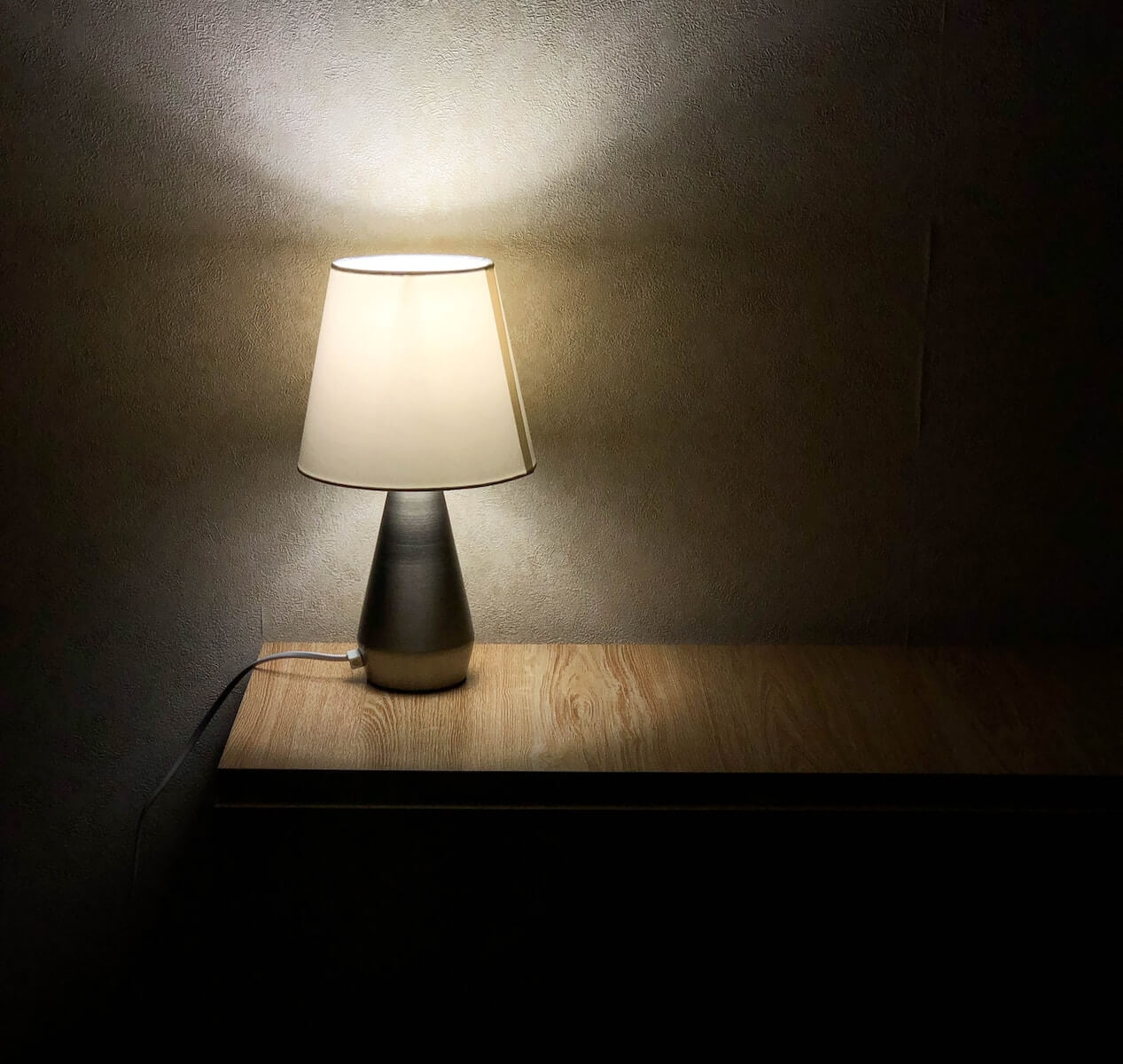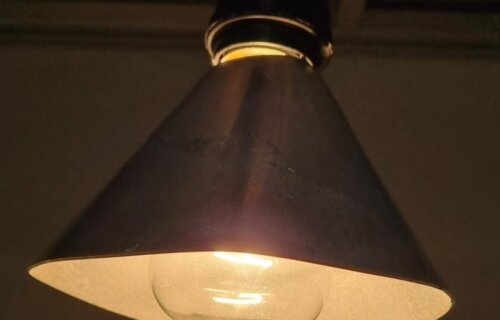SAN FRANCISCO — Lampshades have been transformed into indoor air purifiers by applying a novel coating to these everyday home appliances. Scientists in South Korea say they have successfully designed catalyst-coated lampshades that convert indoor air pollutants into harmless compounds. These lampshades are compatible with both halogen and incandescent light bulbs, and the research team is now working to extend this technology to be compatible with LEDs.
The project’s principal investigator, Dr. Hyoung-il Kim from Yonsei University, notes that the lampshades target volatile organic compounds (VOCs). These compounds, which include acetaldehyde and formaldehyde, are the primary contributors to indoor airborne pollutants. They are released from various sources, such as paints, cleaners, air fresheners, plastics, furniture, cooking, and more.
“Although the concentration of VOCs in a home or office is low, people spend more than 90% of their time indoors, so the exposure adds up over time,” says Dr. Kim in a media release.
“Conventional methods to remove VOCs from indoor air rely on activated carbon or other types of filters, which have to be replaced periodically,” says Minhyung Lee, a graduate student in Kim’s lab at Yonsei University.
Previous devices have been developed to break down VOCs using thermocatalysts activated by high temperatures or photocatalysts responsive to light. However, Dr. Kim observed that most of these units require a separate heater or an ultraviolet (UV) light source, which can produce unwanted byproducts.
Dr. Kim’s team aimed for a simpler approach. They envisioned a system requiring only a visible light source that also produces heat, such as a halogen or incandescent bulb, paired with a lampshade coated with a thermocatalyst.

Dr. Kim explains that halogen bulbs convert only 10 percent of the power they use into light, with the remaining 90 percent transformed into heat. Incandescent bulbs emit five percent light and 95 percent heat.
“That heat is typically wasted, but we decided to use it to activate a thermocatalyst to decompose VOCs,” Kim says.
To accomplish this, the team synthesized thermocatalysts composed of titanium dioxide and a small amount of platinum. They coated the inside of an aluminum lampshade with this catalyst and placed the shade over a 100-watt halogen bulb in a test chamber containing air and acetaldehyde gas.
When the lamp was turned on, the shade heated to temperatures up to about 250 degrees Fahrenheit, warm enough to activate the catalysts and decompose acetaldehyde. During the oxidation process, Dr. Kim says, the VOC was initially converted into acetic acid, then into formic acid, and finally into carbon dioxide and water. Both of the acids produced are mild, and the amount of carbon dioxide released is harmless.
The researchers also found that formaldehyde can be decomposed under the same conditions and that the technique works with incandescent bulbs.
“This was the first demonstration to utilize waste heat from lamp sources,” Kim continues.
Most previous research projects, and even a few lamps on the market, have instead relied on light-activated photocatalysts to destroy indoor air pollution.
Dr. Kim’s group is now exploring less expensive alternatives to platinum. They have already demonstrated that new iron or copper-based catalysts can effectively break down VOCs. Notably, Dr. Kim mentioned that copper acts as a disinfectant, suggesting that the copper catalyst may also kill airborne microorganisms.
As LEDs release too little heat to activate thermocatalysts, Dr. Kim’s team is developing photocatalysts that are stimulated by the near-UV light emitted by LEDs. They are also working on other catalysts that transform part of the LEDs’ visible light output into heat.
“Our ultimate goal is to develop a hybrid catalyst that can utilize the full spectrum produced by light sources, including UV and visible light, as well as waste heat,” Kim concludes.
The findings were presented at ACS Fall 2023, a hybrid meeting of the American Chemical Society (ACS) in San Francisco.
You might also be interested in:
- Best Air Purifiers For College Dorms: Top 5 Devices Most Recommended By Experts
- Heatwaves and air pollution form a deadly combo that doubles heart attack risk
- ‘Forever chemicals’ in many common household items linked to liver damage
South West News Service writer Stephen Beech contributed to this report.

